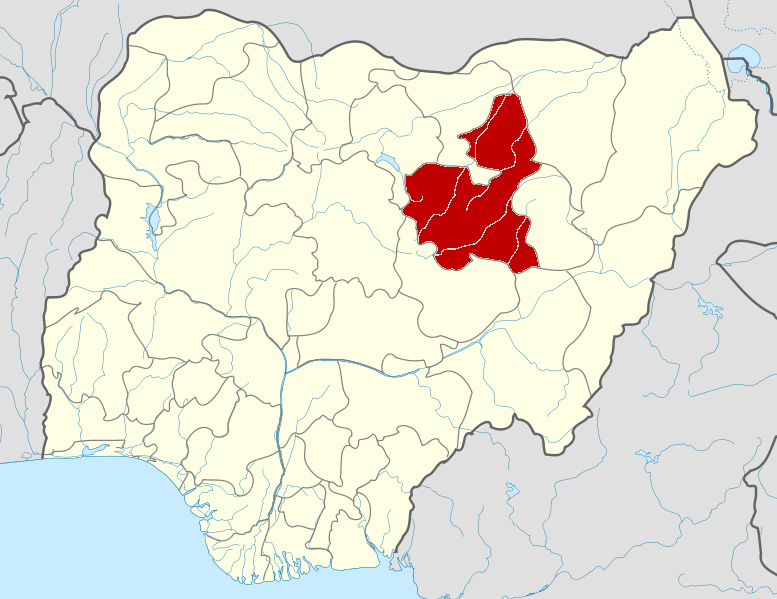New data shows teens’ beauty spending habits are, in fact, just as nuanced as those of older generations.
The cohort — responsible for roughly 10 percent of all U.S. beauty spend, per Boston Consulting Group — is discerning, discovery-driven and engaged with brands and retailers across the channel spectrum.
“Teens are not just emerging players in beauty, they are a major force and are spending about $5 billion annually in the category,” said BCG managing director and partner, Pierre Dupreelle, adding that teen beauty spend has grown 23 percent year-over-year — nearly three times the category’s overall 9 percent growth during the period.
At the 2025 WWD Beauty CEO Summit, Dupreelle and BCG senior partner and managing director Peri Edelstein revealed findings of a survey of 1,200 teens in the U.S. conducted exclusively for WWD illuminating how the group is shopping the category.
The average age for the cohort’s entry to skin care is 12 years old; for makeup, it’s 13 years old, and in fragrance, just 11 years old. This goes for both boys and girls.
“Teen boys are no longer on the sidelines of beauty; they’re not just joining the category, they’re premiuimizing it — 60 percent choose prestige fragrance [over mass],” said Edelstein, adding that only 25 percent of teen girls opt for prestige fragrances, by comparison. Boys’ favorite fragrance brands included Ralph Lauren, Calvin Klein, Dior, Chanel and Creed.
By contrast, “their skin care choices are more firmly mass,” Edelstein continued, noting CeraVe, Neutrogena and Cetaphil as boys’ top skin care brands. “These are brands that are known for acne care and sensitive skin, suggesting boys view skin care as more function over fashion.”
For girls, Bath & Body Works, Victoria’s Secret, Ariana Grande’s fragrance range and Sol de Janeiro are the heavy-hitters; in makeup, E.l.f. Cosmetics, Cover Girl, Maybelline New York, Revlon and NYX Professional Makeup comprise the top five.
“There’s a perception that teens are shopping very differently than their parents, when in reality, they are very aligned with the way adults shop the category,” Dupreelle said.
The number-one beauty retailer shopped by teens is Walmart, with 19 percent reporting they turn to the store. Ulta Beauty, Sephora, Amazon and Target follow in that order. In terms of where teens overindex, though, Ulta Beauty, Sephora and social commerce channels like TikTok Shop and Instagram Shop take the cake.
Sixty percent of teens report they purchased at least one prestige product in the last year. That group also “is more engaged across the board — they buy more beauty products, watch more beauty content, are 150 percent more likely to follow a three-step skin care routine,” Edelstein said. “We see prestige as more than a price point: it signals deeper interest, higher expectations and stronger emotional investment in beauty.”
In terms of who’s influencing teens: 44 percent report their parents are there number-one source of trust, followed by friends at 18 percent and influencers at 10 percent. Fifty percent of teens say their parents buy the majority of their products, and so brands targeting the group should remember, “teens may drive the trends, but their parents often drive the purchase,” Edelstein said.
“As this generation grows, so does their power to shape what beauty means — the question is no longer whether they matter, but, are you ready to shape the future of beauty with them?,” Edelstein concluded.








